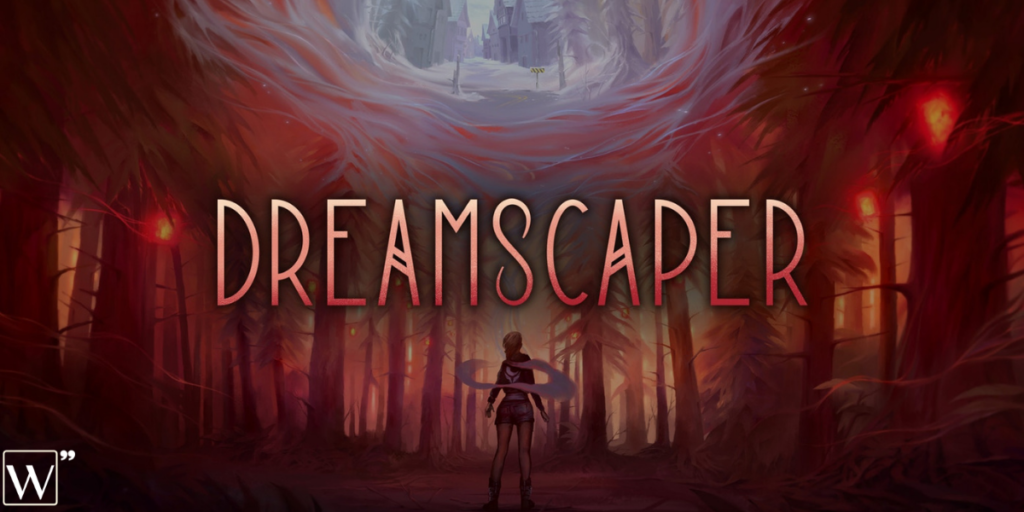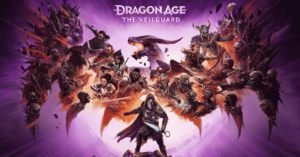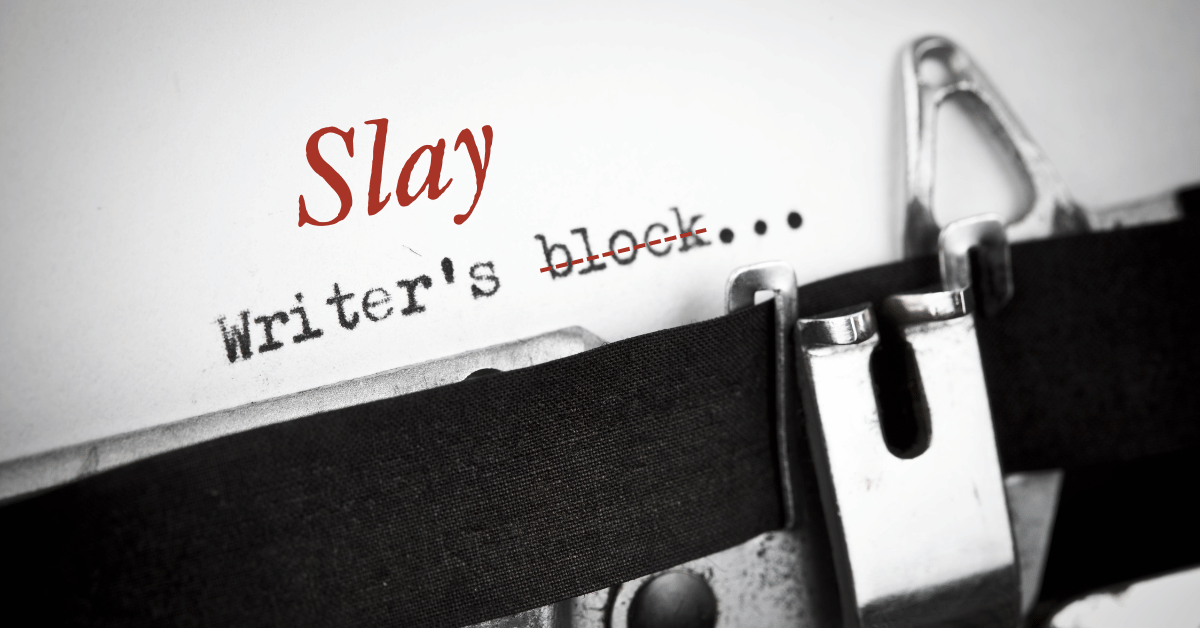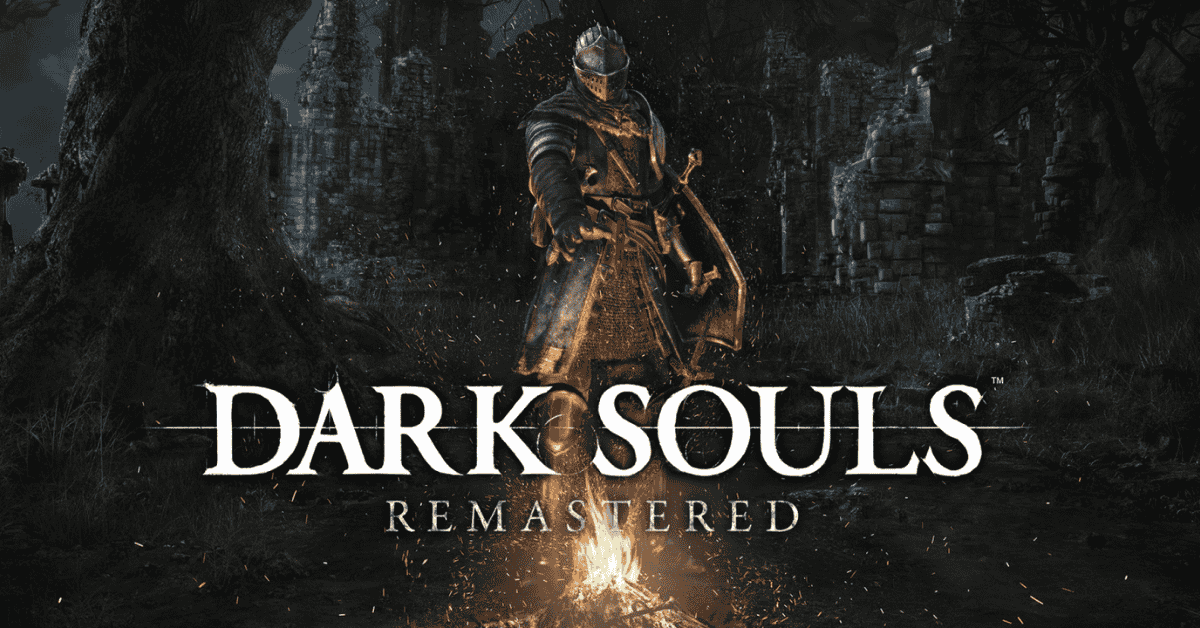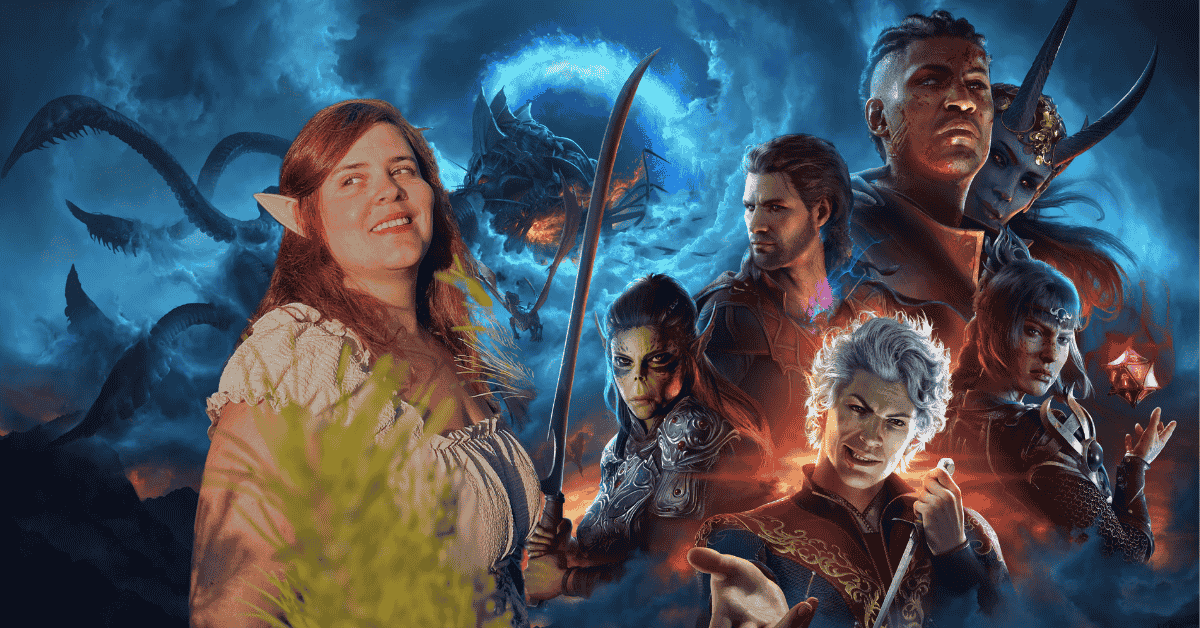Dreamscaper is a phenomenal action rogue-like dungeon crawler that combines concepts of lucid dreaming and mental health. It was developed by Afterburner Studios, released on August 5 for Steam, Epic, and Nintendo Switch.
Dreamscaper starts with a confusing intro: You wander in a city with a character you don’t know, get to a cemetery, and something huge grabs your feet. The character wakes up in a cute tidy bedroom with no possible interactions except for “Leave.” There are paintings, portraits, and a small tag saying “Cancer Sucks.” Then a “10 years later” screen. I must say this initial setting threw me off a little bit, without any apparent cues for what the game was about. However, that first impression quickly faded.
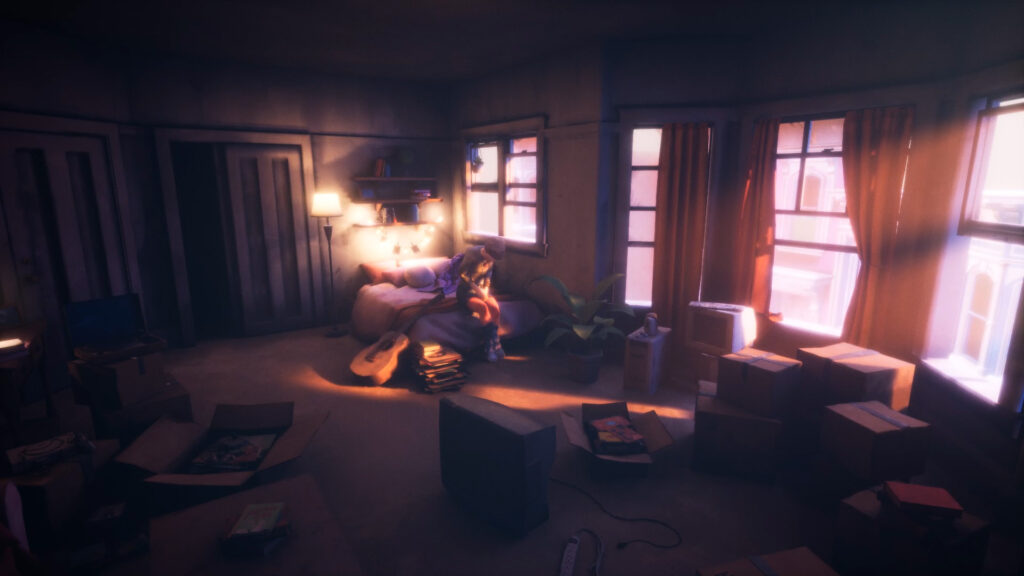
Dreamscaper is a highly immersive experience, with a dream/awake duality cycle, that presents Cassidy, who just moved into Redhaven. When Cassidy falls asleep, she lands in a dungeon-crawler mode, with procedurally generated rooms full of loot and enemies that fester her nightmares. This means that the dungeon layout, items, and abilities are always different, providing you with a different experience every time you play.
Cass has to clear the dungeon rooms by defeating enemies and unlock some doors with bombs and keys.
Besides a melee and a ranged weapon, Cassidy has Lucid Powers. Lucid by itself is like a magic bar. The Lucid power slows time down. Plus, there are two slots for Lucid Attacks, two powers that drain lucid and have a cool down. The weapon/power mastery is unique for each one. Even if you pick a weapon/ability, you can always find other ones in the dungeons and change.
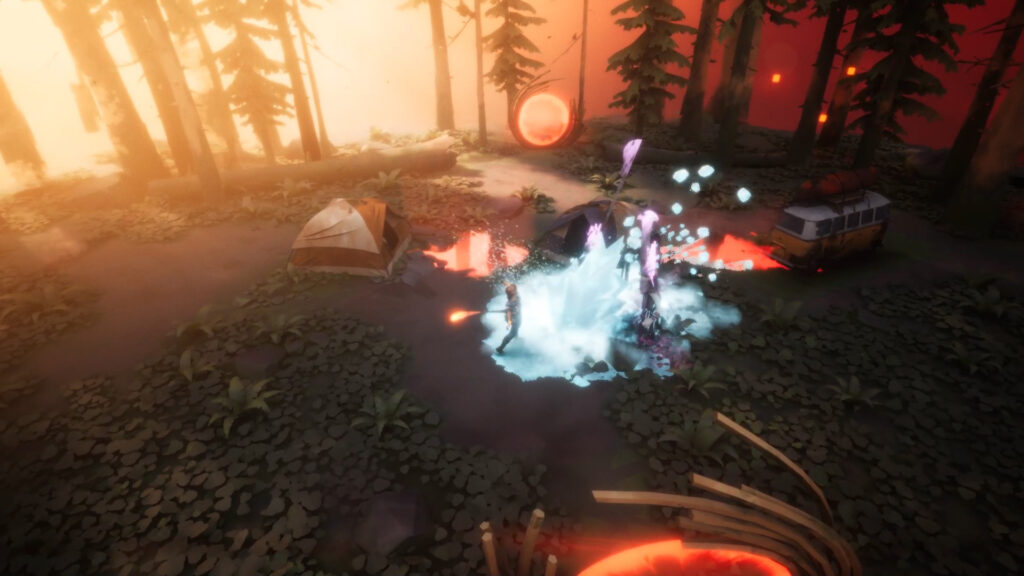
This world is divided into dream floors and, after you defeat each boss, you go into the next dream layer. Cass explores dungeons, fights bosses, and dives deeper into her subconscious. She also deals with ghosts from her past in a battle against depression.
When Cass dies, she wakes up in the real world. Here you unlock several spots in town and activities to spend the different currencies you collect in the dream world:
- Merchant Room in the dream world: exchange Sand points for items, weapons, and keepsakes.
- Sketch in the café: spend Spark points to unlock items/perks in the dream world.
- Meditate in the Park: spend Glass points to improve abilities and statuses.
- Craft: spend Inspiration points to craft gifts for the characters you meet.
- Daydream in the Lounge: spend Resolve points to embellish dreaming rooms;
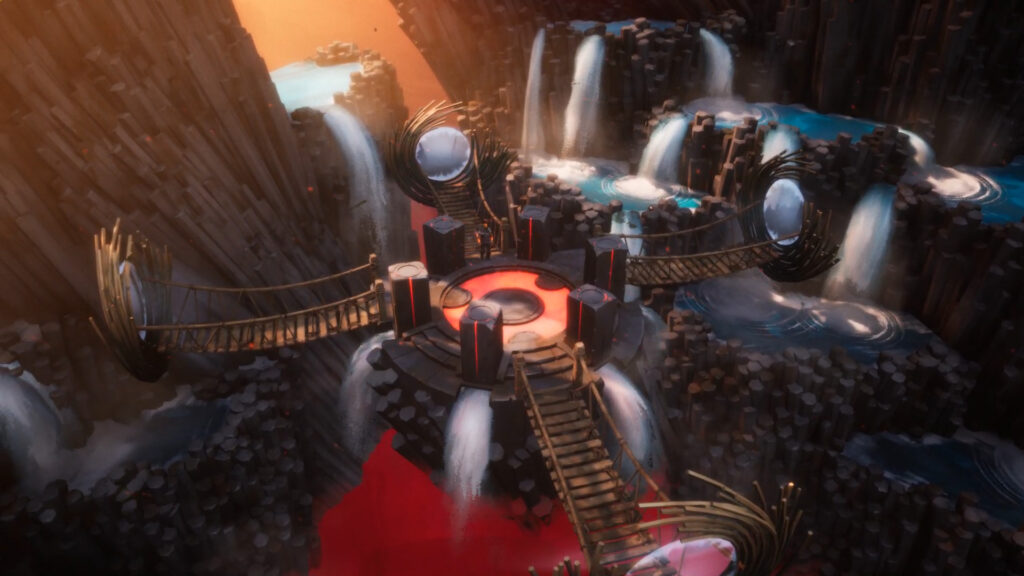
With those Resolve points, you can unlock and add rooms that weren’t initially available in the dungeons. These can be puzzle rooms, challenge rooms (you have to defeat the enemies in a certain way), or even Fonts of life. There are also hidden rooms that can be discovered with bombs.
There are numerous connections between worlds. In the dream world, Cassidy can have new ideas for items she will craft when awake. Then she can give them to the people she meets, and those relationships can influence her status. This unlocks new cutscenes and information about these characters’ interests and backgrounds, each with their unique personality.
When Cassidy dies, she wakes up, and the progress in the dream world resets, meaning you start from the first dream floor, The Departure, and play endless runs. You can always skip bosses you’ve already defeated, but you’ll do so at the expense of not getting as many rewards. However, the progress in the real world will be saved.

In between dream floors, Cassidy will remember moments from her past. You can randomly unlock memories as you explore the dungeons.
Though you lose items and specials when you lose, you don’t lose acquired passive skills when dying.
You can change some options in Cassidy’s bedroom, like always starting with the same weapon/special or random ones.
The smokey, surrealistic art style works really well in this game concept, especially everybody being faceless. On top of that, all the animations are dainty, be it the way characters move or just weapon yielding. . It also reminds me of Dreams (no pun intended).
The music by Dale North also gives off an astral vibe, and I found myself adding the soundtrack to my Relaxing Writing playlist.
You can beat everything in one sitting if you want, but this is the kind of game to play endlessly if you care about the lore. And I must admit: I struggled to beat certain bosses. I died SO MANY TIMES. I had a hard time even with Lucid Mode, which makes you stronger every time you die.
At some point, you unlock the difficulty. You can choose which aspects to keep at Normal, Hard, and eventually Nightmare mode. I like that you could adapt the game to your preferred gameplay style.
I’ve always been obsessed with lucid dreams, so this topic immediately grabbed my attention. Sometimes I feel like when video games bring together too many elements, it creates immense confusion. However, Dreamscaper was NOT the case at ALL. Everything about it is wholesome. Even the tutorial was adorable: just Cassidy playing a videogame. Also, finding so many references to other video games warmed my heart so much! It was a delightful experience to see Cass remembering who she was and leading her in this empowering journey.
Note: Steam game code was kindly provided by the publisher.
In partnership with MoshBit Gaming.
A highly addictive, heartwarming, and endless rogue-like experience.

